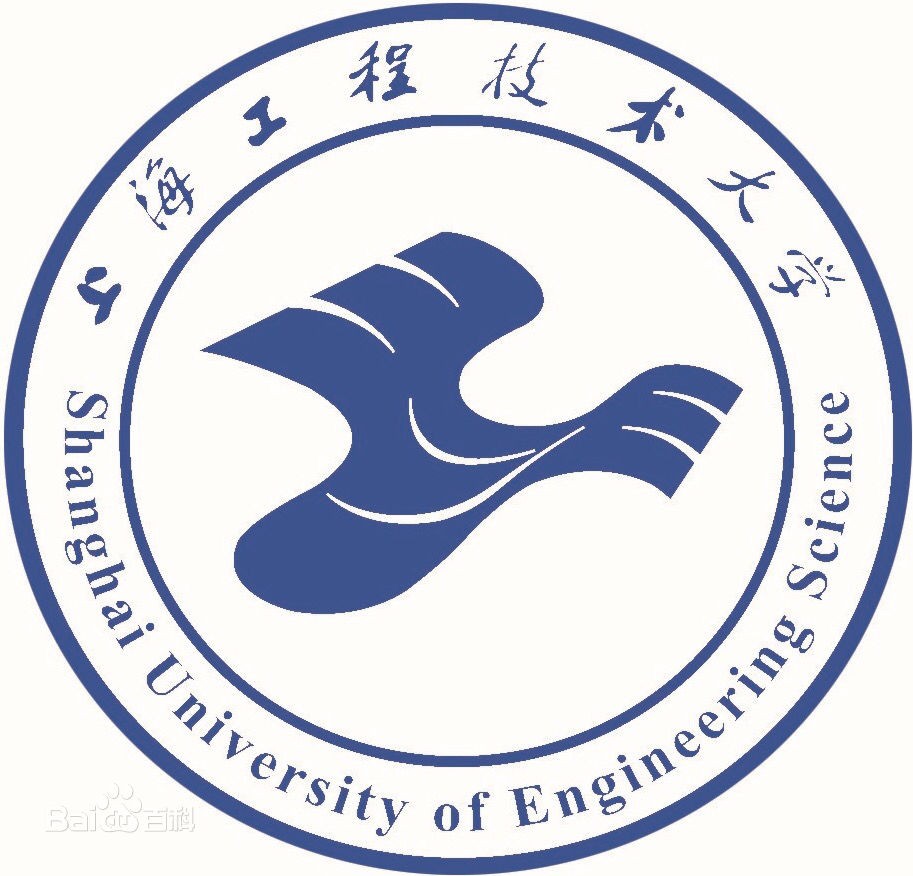CuS Morphology Control for Enhanced Catalytic Performance in A3 Coupling Reaction
Sainan Cao, Yongqi Pan, Prof. Dr. Huangdi Feng, Prof. Dr. Jingxia Yang
https://doi.org/10.1002/slct.202303144
Free Version: https://onlinelibrary.wiley.com/share/author/CWFC2468HAATIDRPMNXB?target=10.1002/slct.202303144
Abstract
A3 coupling reaction can be used to efficiently synthesize propargylamine, which is an important bioactive molecule intermediate, and copper sulfide (CuS) as its catalyst is rarely reported. Herein, CuS with different morphologies including nanoflowers (NFS), nanorods (NR), nanoparticles (NP) were synthesized and applied to the A3 coupling reaction. The results show that CuS NP has the highest catalytic activity (99 % conversion) compared to other CuS, and also has good group compatibility and recyclability. Combining the activity with the CuS surface structure checked by XPS, BET and HRTEM etc., the excellent catalytic performance of CuS NP can be attributed to its higher specific surface area ((SBET=26.9 m2/g, SLangmuir=144.2 m2/g), and higher Cu+/Cu0 (58.9 %), Sn2− (16.7 %). The large specific surface area can provide more active sites, and higher Cu+/Cu0, Sn2− content are conducive to promoting the activation of alkyne terminal C−H, which is an important step in the A3 coupling reaction.
Graphical Abstract
CuS with three different morphologies (nanoparticles-NP, nanorods-NR, nanoflakes-NFS) were used as catalysts for A3 coupling reaction, and CuS-NP exhibited the best behavior due to its higher specific surface area and higher Cu+/Cu0, which is benefit to promot the activation of alkyne terminal C−H.

